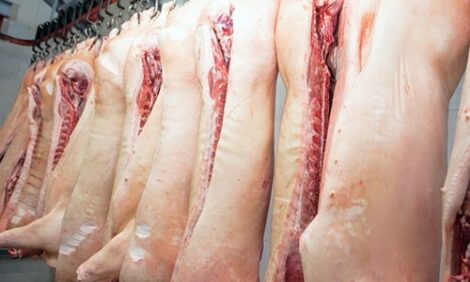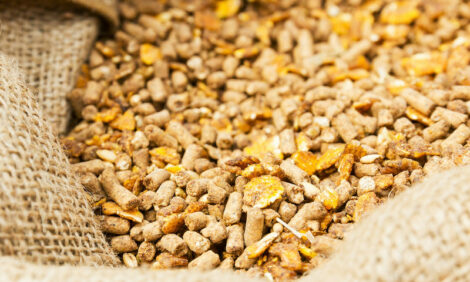



Hog Producers Look to the Sky for Their 2007 Fate
US - Hog producers remain on pins and needles. The size of the 2007 corn crop will largely determine their financial fate for the next 18 months. A large crop means a big sigh of relief while a small crop means sharper liquidation of the breeding herd and deeper financial losses. Their situation is no different than other end users of corn including ethanol plants, foreign buyers, and other livestock producers. If ever there was a year when U.S. agriculture needs a favorable growing season, 2007 is it.Hog prices so far this year have been somewhat higher than had been anticipated. Year-to-date prices of eastern corn belt 51 percent to 52 percent lean carcasses on a liveweight basis have averaged $46.57 per hundred. What might the rest of the year hold? Using actual cash prices so far this year and lean hog futures prices on March 2, 2007 for the rest of the year (adjusted for historical basis), the expected yearly price is $50.37. This also is higher than early-year forecasts near $48. These somewhat higher prices seem to have originated from modestly lower production in the first quarter than had been expected and from continued strong exports. Exports in the last quarter of 2006 were up by 15.5 percent and imports were down 8 percent. The weakness of the U.S. dollar continues to be a positive force in keeping exports growing and imports dropping. For all of 2006, the U.S. exported a record 14.3 percent of domestic production.
Cost of production estimates for 2007 are near $50 per live hundredweight. Using futures prices for corn and soybean meal on March 2, 2007 (and adjusting for basis), estimated costs for the first through fourth quarters, rounded to the nearest $.25, are: $49.00, $50.25, $ 51.25, and $49.75, respectively. If current futures markets are correct and live hog prices also average near $50 per live hundredweight, then producers will escape a potential bombshell with a nearly breakeven year. However, there is still a long way to go before the final 2007 results for the hog industry are written into the record book.
Upcoming is the spring period of large uncertainty for the corn and soybean markets and for the strongest tendency to have seasonal hog price increases. The uncertainty of the growing season often reaches a peak in the mid-March to Mid-May time period, sometimes with the highest prices of the year, if weather ultimately turns out to be favorable for average or above-average yields.
Assuming normal to above-normal yields, corn prices have higher odds of peaking in the spring and then moving lower by perhaps 50 cents per bushel into early August. On the other hand, harmful weather would be expected to cause prices to make new highs around the weather event. Long-term odds of a drop in corn yields by 5 percent or more from trend are 22 percent. Given the higher possibility for a La Nina event this summer those odds might move upward somewhat. Keep in mind, however, that the odds would be over 50 percent that a weather event would not reduce yields by 5 percent or more.
Cash hog prices tend to make their spring low in early April then shoot up to yearly highs in the mid-May to mid-June time period. Lean hog futures tend to rise in both March and April and make their highs in early May.
These seasonal tendencies give some possible clues for pricing strategies. My view is that corn and meal prices have not reached their peak and that one should be a buyer of the price breaks. Opinions will of course vary sharply.
For those who want to reduce price risk, buying corn and meal futures now and also pricing lean hog futures should enable them to about cover their costs this year. Given the current anxiety, this should be pleasing to some. For those willing to take some added price risk, buying a portion of corn and meal futures now and then waiting until early May to price lean hog futures would play more favorably to the seasonal price patterns and might enable producers to pick up about $1 to $2 per hundredweight of profits for 2007.
The bottom line is that now is the time to think through price risk management strategies, so they can be exercised quickly in the coming 60 to 90 days.








